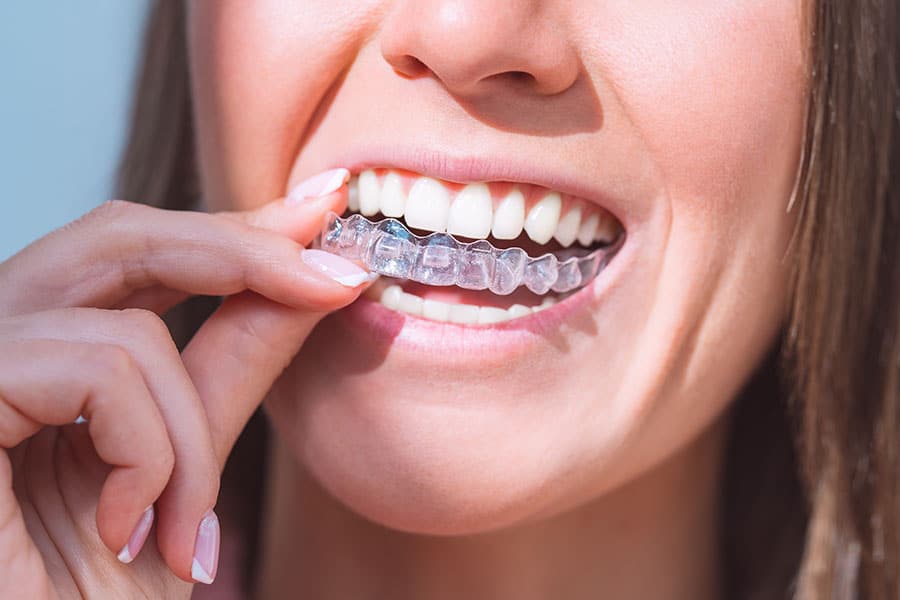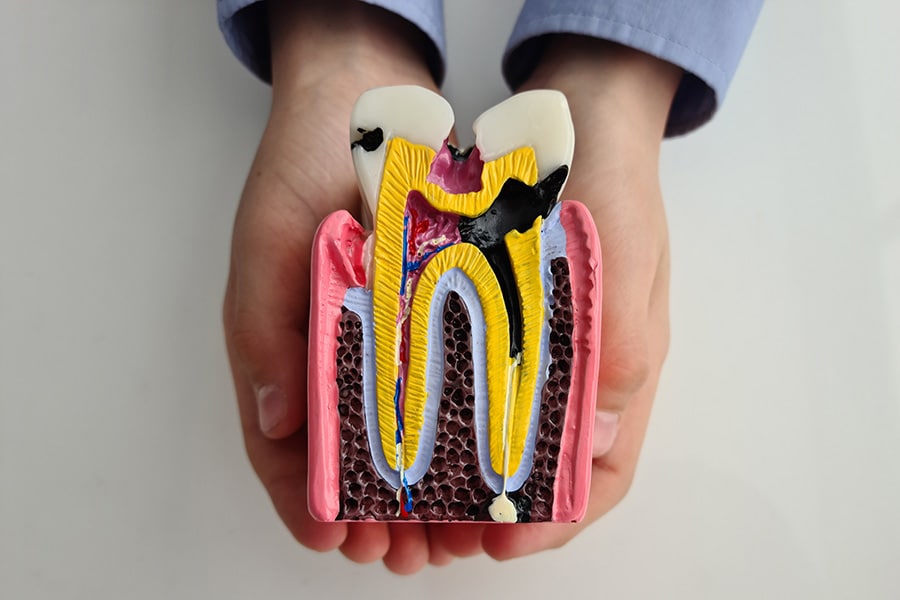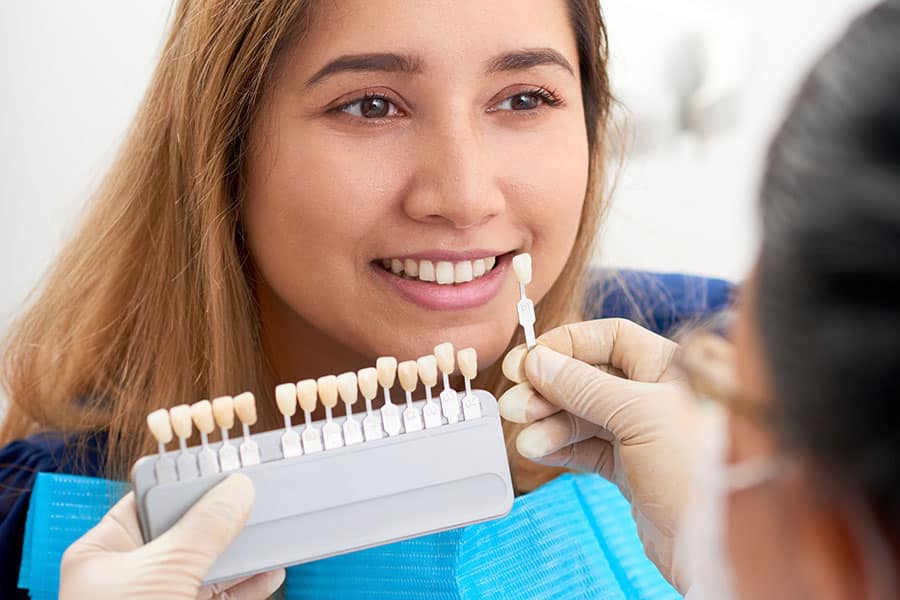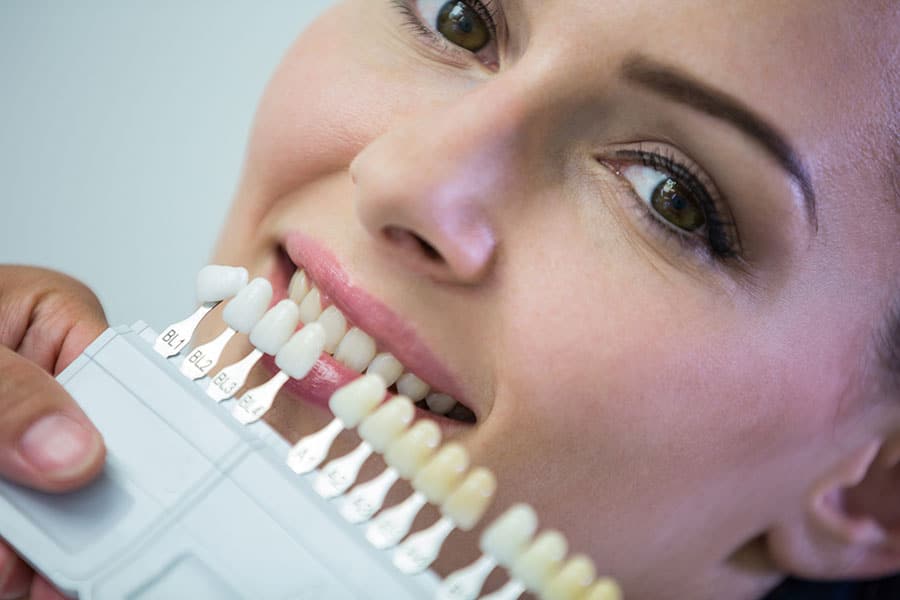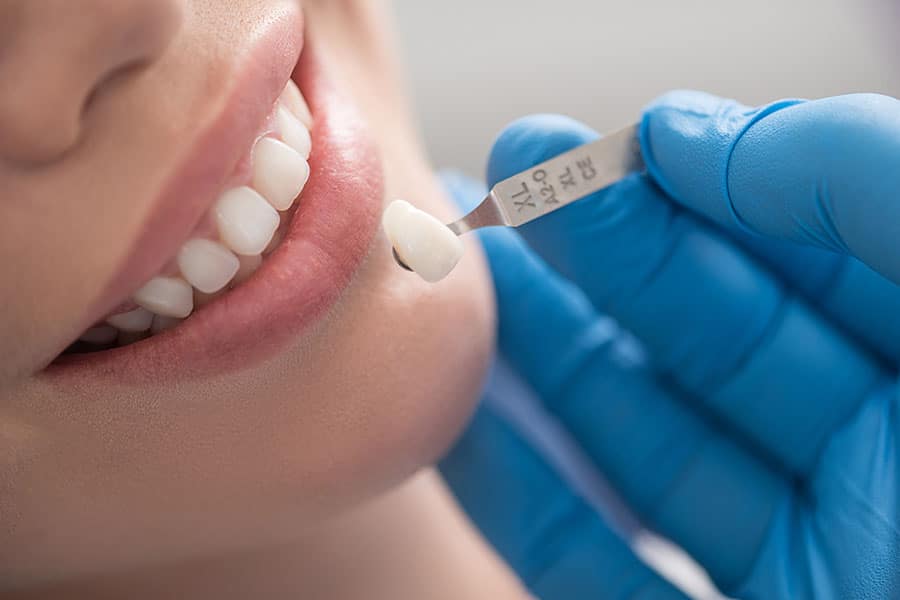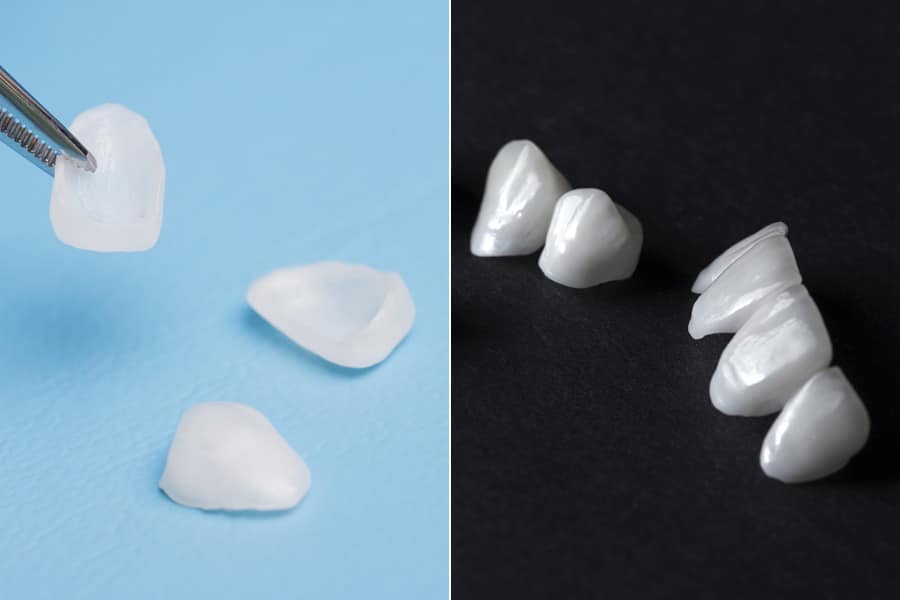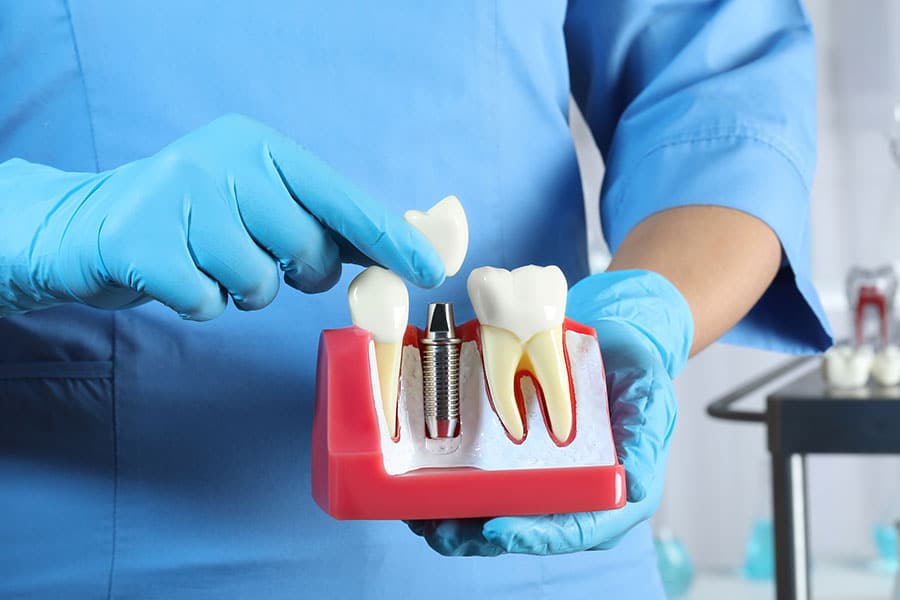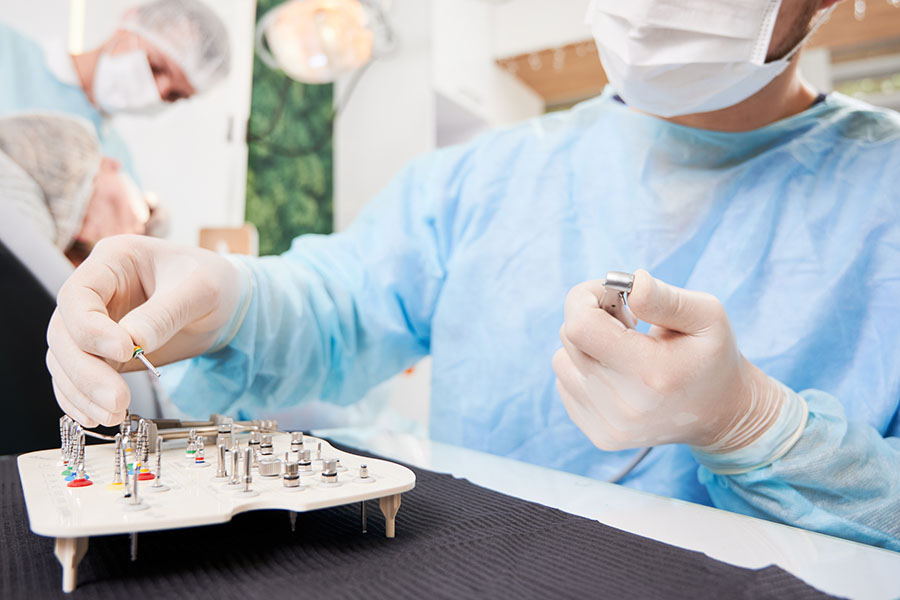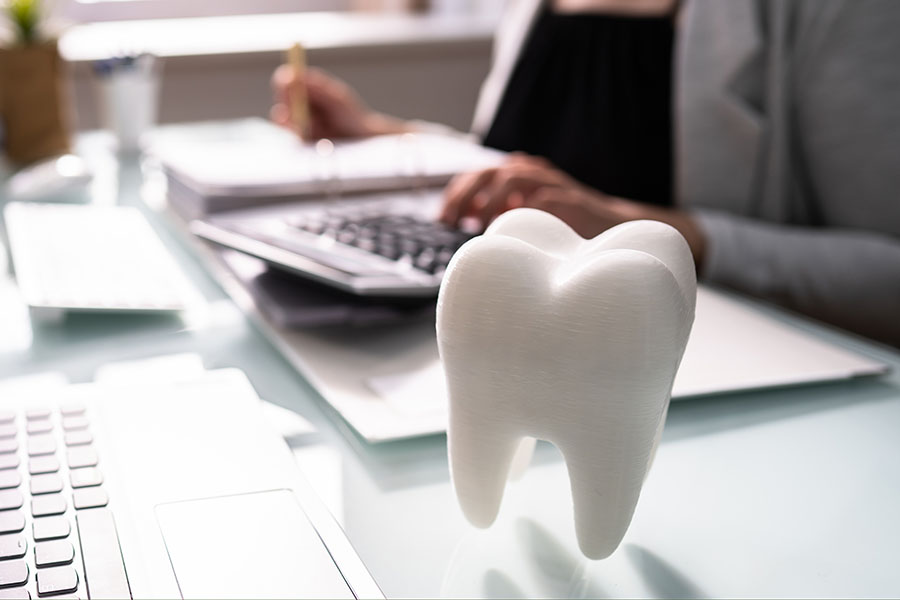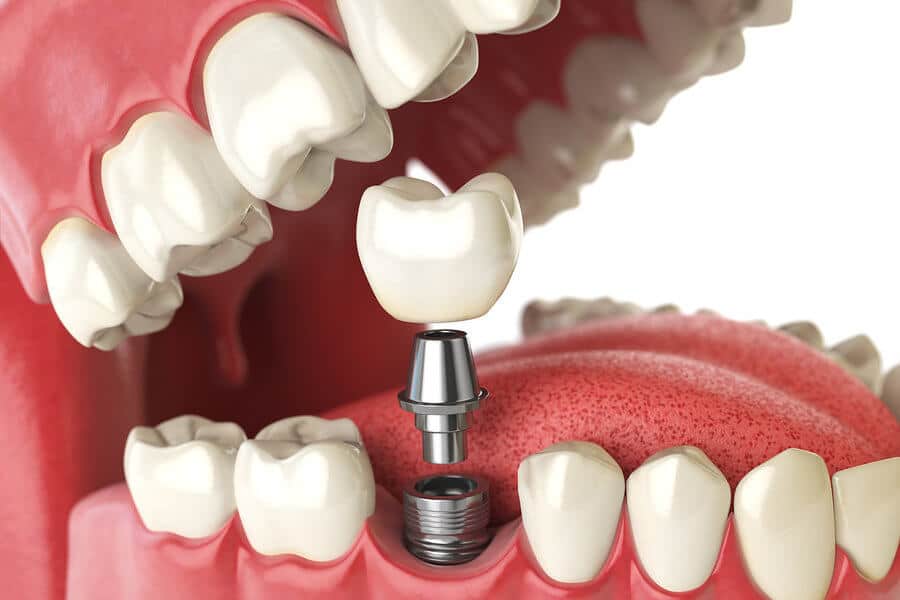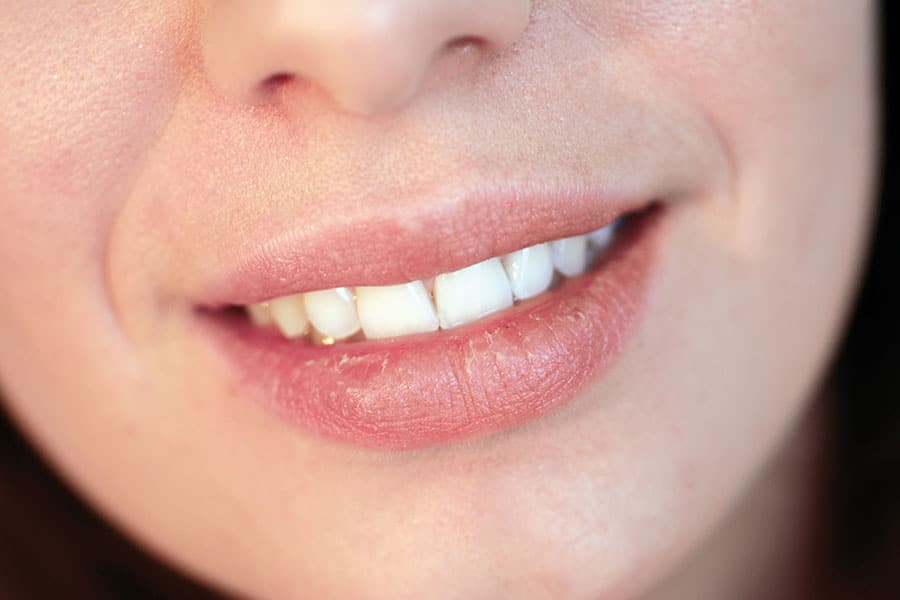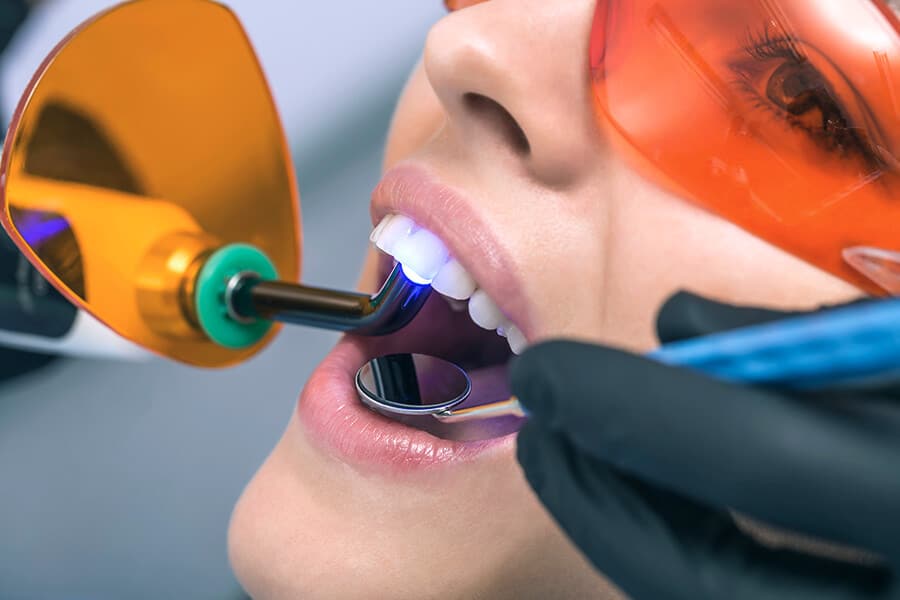Blog
5 Tips to Keep Your Pearly Whites Healthy for Years to Come
Oral health is an important part of our overall health. A lot goes into caring for our teeth, both at home and in the dentist’s chair. To help keep your pearly whites healthy and shining we’ve comp...
Recent
Does Medicare Advantage Cover Dental Implants? Your Guide to Insurance Coverage
Dental implants are a crucial aspect of modern dentistry,...
March 15, 2024How Long Do Dermal Fillers Last?
Dermal fillers have become increasingly popular in recent...
October 19, 2023Featured Articles
Recent
Does Medicare Advantage Cover Dental Implants? Your Guide to Insurance Coverage
Dental implants are a crucial aspect of modern dentistry,...
March 15, 2024How Long Do Dermal Fillers Last?
Dermal fillers have become increasingly popular in recent...
October 19, 2023 Dental Bridges
Dental BridgesDental Bridge Procedures: What to Expect from an Experienced Dentist
September 12, 2023Schedule an Appointment
Making sure that you maintain excellent oral health goes beyond just maintaining a great smile. Having regular dental treatment is also very critical to your overall health and well-being. Take the first step today toward improving your dental health by contacting us!




